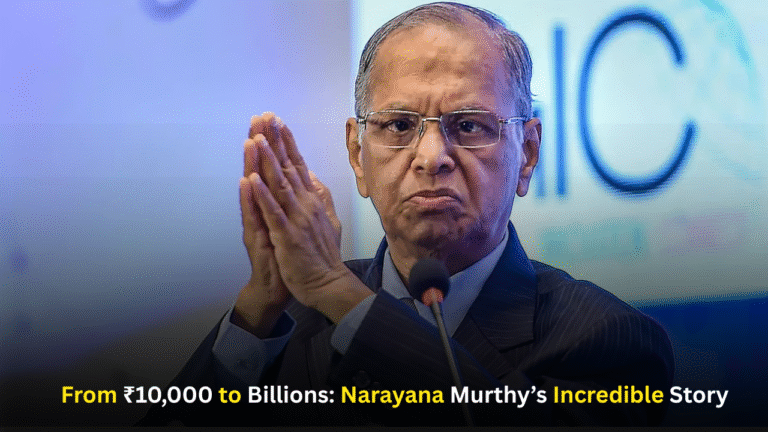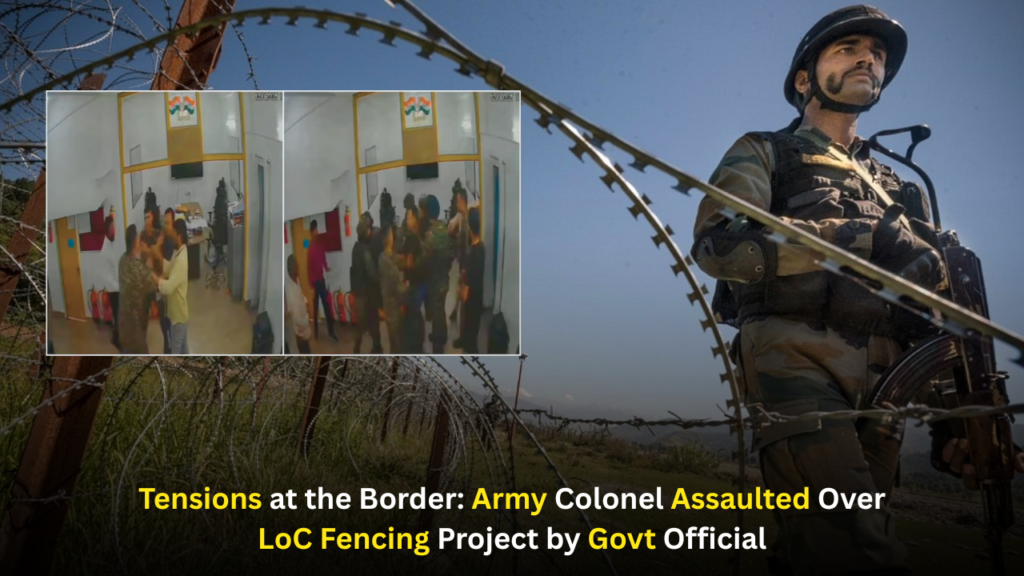
Clash at the Fence
1. Introduction
Clash at the Fence : India’s borders are not just lines on the map—they are active zones of strategic, political, and emotional significance. The recent confrontation between an Indian Army Colonel and a senior government official during a Line of Control (LoC) fencing project has sparked widespread outrage, policy debates, and social media frenzy. This incident, which occurred in early June 2025, underscores the fragile balance between military duty and civil administration in high-security zones.
2. The Incident: What Happened at the LoC?
On June 10, 2025, during a routine execution of a security fencing project near a sensitive sector of the LoC, a government official reportedly assaulted an Army Colonel after a verbal altercation. The fencing, a strategic necessity in a zone prone to infiltration, was being laid under the direct supervision of Army engineers and soldiers.
According to initial reports, the official objected to the Army’s use of a specific route and equipment, claiming it violated certain civil protocols. Eyewitnesses claim the official used abusive language and made physical contact, prompting the soldiers on duty to retaliate to protect the Colonel.
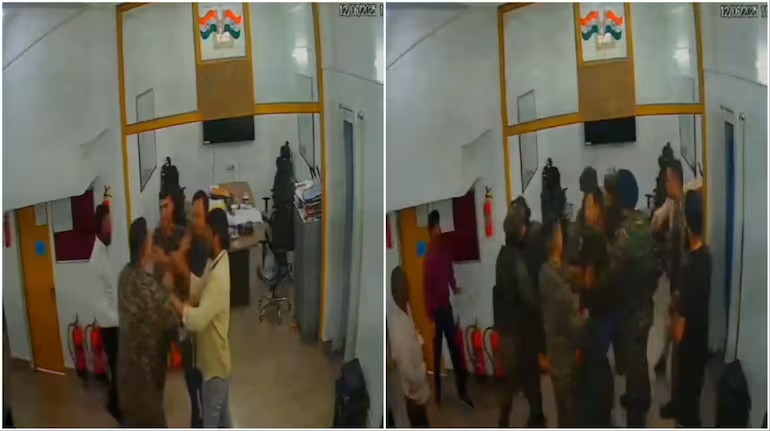
3. Who Were Involved
- Colonel Arun Pratap Singh: Leading the fencing project.
- Mr. Rajeev Bhalla: A senior bureaucrat posted in the area for overseeing civil affairs and land coordination.
- Supporting Army Unit: Around 20 soldiers from an engineering battalion.
- Local Officials: SDOs and Tehsildars from the nearby district headquarters.
4. LoC Fencing Project – Strategic Significance
The LoC fencing is critical to prevent cross-border infiltration, smuggling, and attacks from Pakistan-based militants. It serves as a physical and psychological deterrent, creating a monitored buffer zone. The project in question was reportedly part of the Phase-IV Border Strengthening Plan, focusing on gaps in the Rajouri-Poonch sector.
5. Timeline of the Assault and Retaliation
- June 10, 2025 – 10:45 AM: Project begins near Gharota post Clash at the Fence.
- 11:15 AM: Mr. Bhalla arrives unexpectedly and interrupts the work.
- 11:30 AM: A heated exchange escalates; physical assault reported.
- 11:35 AM: Soldiers restrain Mr. Bhalla, some alleging he was slapped by jawans.
- 12:15 PM: Police and senior Army officers arrive.
- 2:00 PM: Incident reported to Defence Ministry and Home Ministry.
6. Civil-Military Tension in Sensitive Zones
Clash at the Fence – This incident isn’t isolated. Disagreements between civil officials and military commanders often flare up over jurisdiction, land use, and authority in high-security zones. Civil officials handle administration, but the Army’s operational command supersedes in security matters, especially in “disturbed areas.”
7. Official Statements from Army and Government
- Army Spokesperson: “The Army remains committed to lawful conduct and national security. Any physical aggression toward our officers on duty is unacceptable.”
- Home Ministry Statement: “A joint inquiry has been initiated. The law will take its course. Both parties have been asked to maintain decorum.”
- Local Administration: “No comment until the inquiry is complete.”
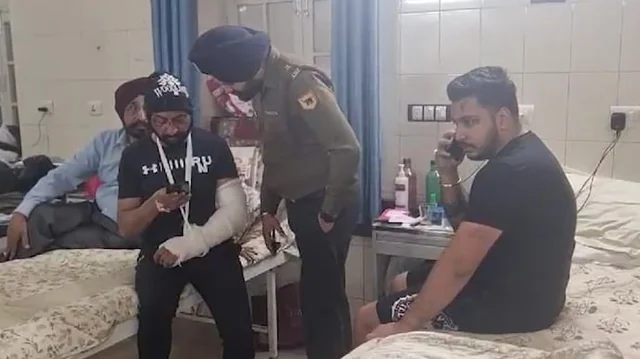
8. Social Media Uproar and Public Sentiment
Hashtags like #RespectArmy, #LoCShame, and #CivilianMisconduct trended on X (formerly Twitter). Influencers, ex-servicemen, and citizens expressed anger.
“An Army Colonel assaulted while securing our borders? Outrageous.” – Retired Lt. Gen. Satish Nambiar
“Retaliation by jawans is justified. Loyalty runs deep in uniform.” – @RealBharatDefence (military blog)
9. Legal & Disciplinary Implications
For the Bureaucrat:
- IPC Sections 186 (obstructing public servant) and 353 (assault on public servant) may apply.
- Civil Services Conduct Rules violation.
For Soldiers:
- Army’s internal Code of Conduct may investigate the nature of the retaliation, especially if disproportionate.
10. Historical Context: Civil vs Military Confrontations
Clash at the Fence India has seen rare, but sharp, civil-military tensions:
- Kargil Review Report (1999) noted the need for better synergy.
- In 2012, a bureaucrat accused an Army officer in the northeast of overstepping authority.
- Civil-military power balance remains a sensitive issue in democracies.
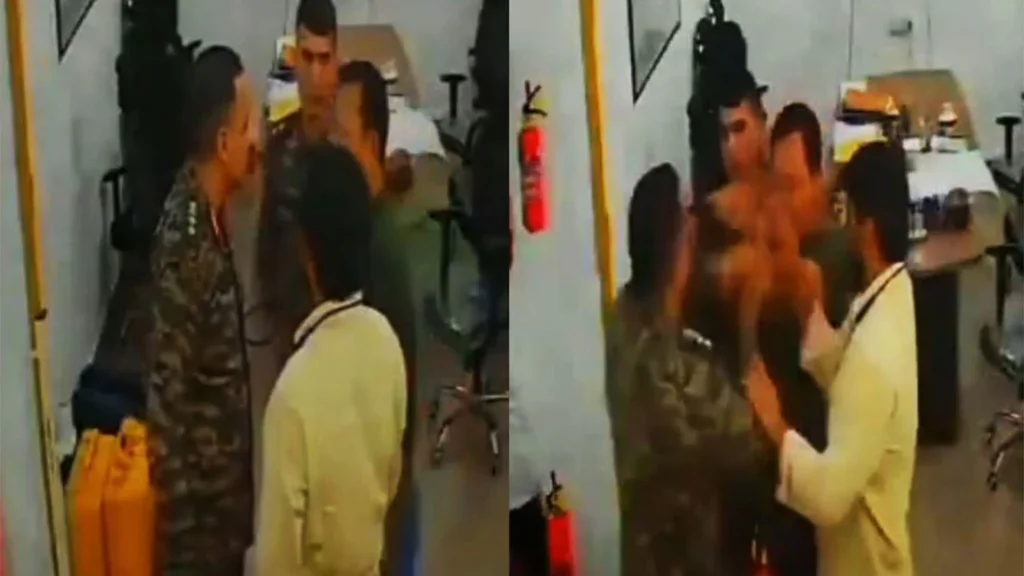
11. Political Fallout and Media Coverage
News channels ran back-to-back coverage:
- NDTV: “Breakdown in Discipline or Civil Arrogance?”
- Republic: “Our Colonel Attacked – Bureaucracy Must Apologize!”
- India Today: “Fence of Shame: What Really Happened on LoC?”
Opposition leaders demanded a transparent probe, while government allies urged restraint.
12. Experts Weigh In – Security vs Bureaucracy
Dr. Ajay Sahni, Strategic Analyst:
“In LoC zones, the military’s operational authority must be absolute. Civil interference can cost lives.”
Ravish Kumar, Journalist:
“The incident reflects deeper institutional distrust. Training on protocol and jurisdiction for both sides is essential.”
13. Eye-Witness Accounts
A junior engineer present at the site said:
“We were laying the mesh when the official came shouting. The Colonel asked him to step back for safety, but he grabbed his collar.”
A local villager claimed:
“The soldiers lost their cool when their Colonel was touched. We heard some scuffle sounds but it was over in 5 minutes.”
14. Impact on Local Populations
- Short-Term: Work halted, tension among villagers fearing security clampdowns.
- Long-Term: Possible delays in fencing could increase infiltration threats.
- Public Perception: Villagers reportedly support the Army and fear bureaucratic misuse of power.
15. Clash at the Fence : National Security Concerns
Any disruption in LoC fencing compromises national security:
- Delays expose gaps.
- Morale of troops can suffer.
- Civilian dominance in operational zones sets a dangerous precedent.
16. What Could Have Been Done Differently
- The bureaucrat should have coordinated in advance.
- The Colonel could have de-escalated or asked for backup.
- Both parties lacked a conflict resolution mechanism in high-risk zones.

17. Positive Outcomes and Possible Reforms
- Need for a LoC Protocol Charter between civil and military operations.
- Joint Trainings to sensitize both civil servants and military officers.
- Better Communication Infrastructure for real-time dispute resolution.
18. Conclusion
Clash at the Fence : The incident may fade from headlines soon, but its echoes will remain in policy circles. Respect for the chain of command, acknowledgment of territorial sensitivity, and clear boundaries between civil and military domains are critical in a democracy like India. While retaliation may not always be the right path, protecting the honor of those who guard our borders must never be compromised.
19. FAQs
Q1. Where did the incident take place?
Near the Rajouri-Poonch sector of the Line of Control (LoC) in Jammu & Kashmir.
Q2. Who assaulted the Army Colonel?
A senior bureaucrat posted as a field coordinator for civil operations in the border zone.
Q3. Why did the soldiers retaliate?
Eyewitnesses claim they were defending their Colonel, who was allegedly assaulted physically and verbally.
Q4. Has anyone been arrested?
No arrests as of now, but an inquiry is ongoing.
Q5. Will the fencing work resume?
Clash at the Fence As per Army officials, the project is temporarily halted and will resume once the situation is normalized.



